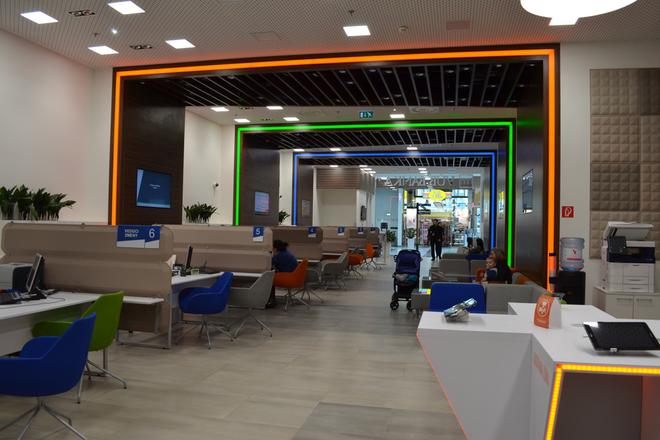Banking customers’ habits are changing dramatically. Ten years ago internet banking and smart phones were less prevalent and people went to bank branches to make transactions.
Now they make nearly all of their payments online and go to banks only for advice or for making long-term plans with their finances. Banks have been responding to these changing habits and adapting accordingly.
“We still go to branches for payments and to transfer money, but we will go more into branches to actually do something, maybe more important, like asking for advice about how to secure a better pension or how to cover children’s studies,” said Andrea Bressani, head of the retail and wealth management department of the international subsidiaries bank division at the Italian bank Intesa Sanpaolo.
Yet the pace of change varies from country to country as the habits of customers are considerably different when it comes to the use of cash in individual countries.
“For instance, in German culture, cash is freedom and as a consequence Germany is one of the most cash intensive countries in Europe,” said Michele Raris, head of strategic and markets advisory at the international banking division at Intesa Sanpaolo. “Thus German branches do need to make a lot of cash transactions for customers. On the other hand, France, just on the other side of the border of Germany, is one of the least cash intensive in Europe and people basically use a card to pay for a newspaper.”
In Italy, the decrease in the frequency of visits to branches has been extremely fast.
“It was a very fast transition,” said Bressani, adding that the bank had to rethink its way of communicating with clients.
The response of Italian banks has been a reduction in the number of branches and a change in their layout to adapt it to the needs of clients.
The old branches used to look much like offices and there was a lot of space for employees and for transactions. The new branches look more like a living room.
“We want to put the customer at the centre of the space,” said Bressani, adding that bankers need to have a different kind of approach and they need to listen more to their clients. “So there must be space for drinking a coffee, for waiting, for connecting to free wifi, and there must be different levels of interaction.”
So a modern branch must have self-service areas where clients can make transactions on their own.
There also have to be various spaces with different level of privacy, according to what the client wants to discuss. Intesa Sanpaolo started to redesign its branches in Italy two years ago as part of a gradual process.
How it is in Slovakia
Slovakia is a multi-channel country with a high share of customers still visiting branches, but with high usage of internet banking, mobile banking apps and call centres as well. Všeobecná Úverová Banka (VÚB), the biggest bank from the Intesa Sanpaolo group in the region of central and eastern Europe, is also preparing for a change in customers’ habits. But the country is still in the midst of the transition.
“We know that there will be less people coming into branches for simple transactions and that there will be more people coming for advisory services,” said Martin Techman, head of the retail division at VÚB. “But this is not yet the reality. So the design of the space in the branches must be flexible enough to accommodate this evolution.”
Another challenge the banks are facing in terms of the transition from simple transactions to solving their clients’ concerns, includes overall traffic at branches.
“We need to balance the traffic at the branches,” said Techman. “High traffic is as bad as no traffic because where there is really high traffic there is no time for advisory services.”
Clients then complain that when visiting a branch the employees do not have time to listen to them and respond to their needs. As a consequence the banks have to completely change the way clients receive their services.
“In VÚB we started to call clients and to make appointments with them,” said Techman. “During these appointments they reserve time for the clients so the client knows that the advisor will have enough time to listen and bring some relevant proposals and solutions.”
In some cases VÚB goes even further. In Eurovea in Bratislava the bank has a completely cashless branch, which only has appointments.
“There is no possibility to come in and have an immediate appointment, only if there is a free advisor, but typically all appointments are made by advisors who call clients and invite them to come to the branch,” said Techman.



 (source: Jana Liptáková)
(source: Jana Liptáková)